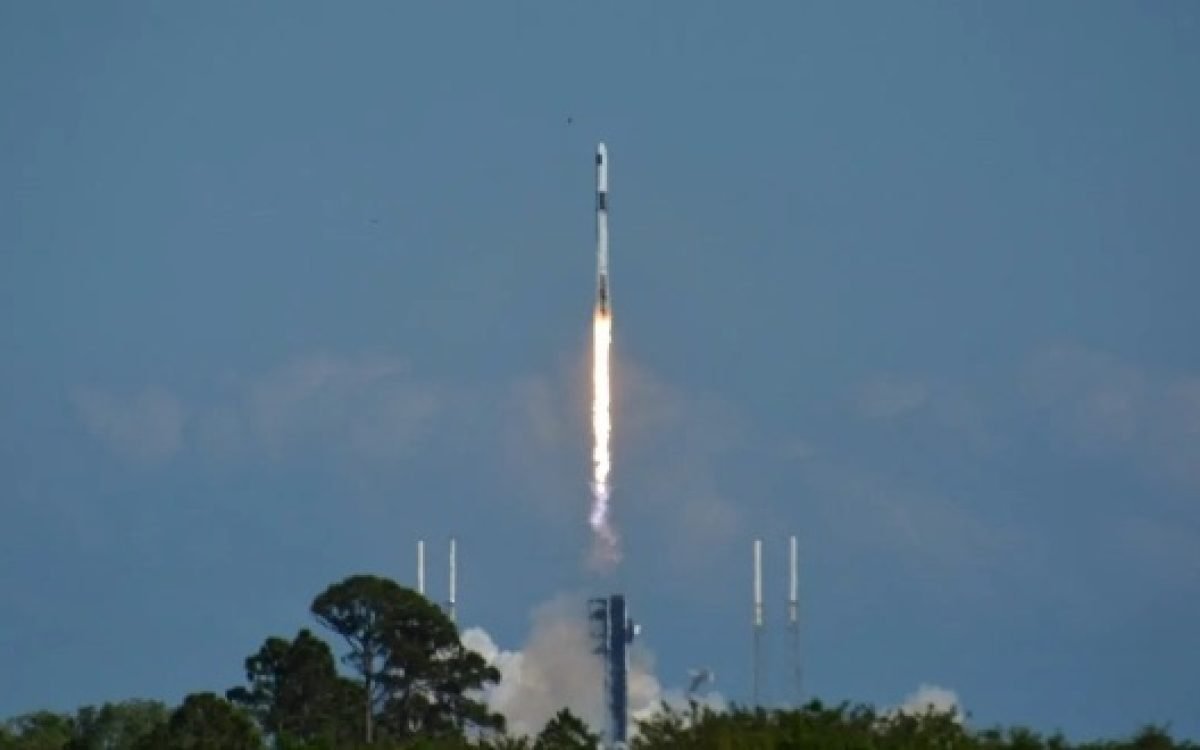NASA’s latest endeavor in space exploration, the BurstCube satellite, is poised to revolutionize our understanding of short gamma-ray bursts (GRBs), offering a glimpse into the universe’s most energetic phenomena. Launched aboard SpaceX’s 30th Commercial Resupply Services mission, BurstCube embarked on its journey to the International Space Station (ISS) from the Cape Canaveral Space Force Station in Florida on Thursday, March 21st, at 4:55 pm EDT.
The mission of BurstCube is clear: to detect and precisely locate gamma-ray bursts, shedding light on their origins and nature. Led by Jeremy Perkins, the principal investigator at NASA’s Goddard Space Flight Center, BurstCube aims not only to unravel the mysteries of cosmic events but also to test novel technologies, providing invaluable hands-on experience for aspiring astronomers and aerospace engineers.
Short GRBs, believed to result from the merging of neutron stars, offer a unique window into the universe’s workings. As these stars draw closer and collide, emitting gravitational waves, they create conditions conducive to the synthesis of heavy elements like gold and iodine. BurstCube’s innovative design, equipped with detectors strategically arranged for maximum accuracy, promises to expand our observational capabilities, especially in conjunction with gravitational wave events.
Israel Martinez, a research scientist at the University of Maryland, underscores the significance of BurstCube in overcoming the limitations of current gamma-ray missions. With Earth obstructing their view, existing satellites can only survey a fraction of the sky. BurstCube’s deployment will significantly enhance our ability to detect and study GRBs across a wider swath of space.
Central to BurstCube’s mission is its primary instrument, capable of detecting gamma rays within the energy range of 50,000 to 1 million electron volts. Julie Cox, a mechanical engineer at Goddard, highlights the satellite’s innovative approach, utilizing off-the-shelf components for efficiency while focusing on in-house developed technology for the mission’s critical elements.
As BurstCube prepares for deployment into space and begins its scientific endeavors, the stage is set for a new chapter in astrophysical exploration. With its compact design and cutting-edge capabilities, BurstCube holds the promise of unraveling the mysteries of the cosmos, one gamma-ray burst at a time.









